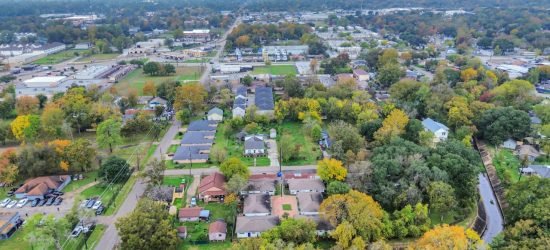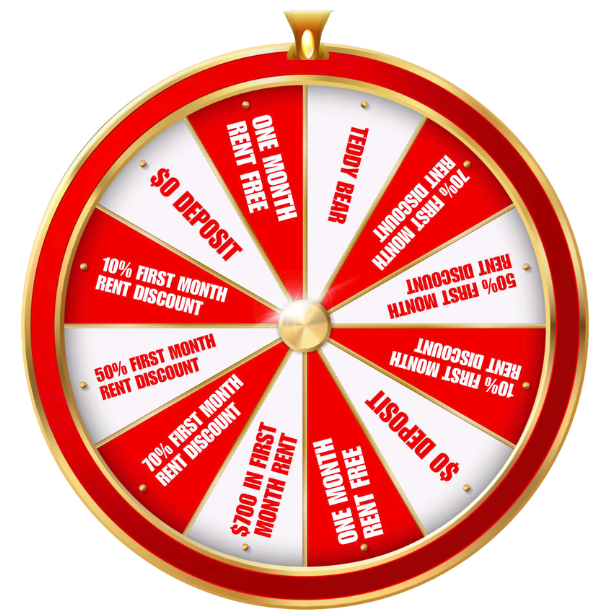In today’s world, being a good neighbor is more important than ever, especially as we emerge from months of isolation. A neighbor next to your home reduces a feeling of loneliness. As we re-enter a more connected society, the value of building a sense of community cannot be overstated.
However, a few people know the right ways how to be a good neighbor. Sometimes, you may unknowingly engage in actions that hurt others’ homes, perhaps without even realizing it. This article will explore the key principles of being a good neighbor and fostering positive relationships with those who share your community.
First, Communication is “KEY”
One of the foundational principles of being a good neighbor is effective communication. Communication serves as the bedrock for any healthy relationship, and it is no different when it comes to building connections with those who share our immediate surroundings. Establishing open lines of communication helps in understanding each other’s needs, concerns, and boundaries.

Neighbors should make an effort to introduce themselves and engage in friendly conversations. A simple “hello” or a friendly wave can go a long way in breaking down barriers and creating a welcoming atmosphere. Being aware of and respecting each other’s privacy is equally important. Before initiating conversations, it’s essential to gauge the other person’s comfort level and be mindful of the timing.
Moreover, communication is not just about talking—it’s also about listening. Actively listening to your neighbors’ thoughts and concerns fosters empathy and understanding. It creates a sense of mutual respect, and when people feel heard, they are more likely to reciprocate the sentiment.
Second, Respect for Boundaries
Open and honest communication is key to addressing and respecting these boundaries which is the way to maintain healthy and harmonious neighbourly relations. Here are some specific boundaries to consider for your awareness.

1. Noise Levels
Understanding Quiet Hours: Different households may have varying schedules and routines. Be aware of the general “quiet hours” in your neighborhood, typically during the early morning or late evening, and try to keep noise to a minimum during these times.
Special Events or Gatherings: If you plan to host a party or have a gathering at your home, inform your neighbors in advance. Provide them with details such as the expected duration and any potential increase in noise levels. This simple act of communication can go a long way in maintaining a positive relationship.
2. Property Boundaries
Respecting Fences and Property Lines: Ensure that you are aware of property lines and respect physical boundaries, such as fences or hedges. Avoid encroaching on your neighbor’s property, whether it’s for gardening, construction, or any other purpose.
Shared Spaces: If your neighborhood has communal spaces like a courtyard, playground, or parking area, be mindful of the shared use. Communicate and follow any established rules or guidelines for these spaces to prevent conflicts.
3. Pets
Leash Laws and Cleanup: If you have pets, ensure they are kept on a leash in shared spaces as per local regulations. Always clean up after your pets to maintain a clean and hygienic environment for everyone.
Pet Noise: Be mindful of your pet’s behavior, especially if they tend to bark or make loud noises. Excessive noise from pets can be disruptive, so minimize such disturbances.
4. Parking
Respecting Designated Parking: Follow any designated parking rules or guidelines in your neighborhood. Avoid parking in front of your neighbor’s driveway or in a way that obstructs traffic flow.
Communication on Parking Issues: If you anticipate a situation where parking may be limited due to an event at your home or other circumstances, communicate this to your neighbors in advance. Collaboration on parking can help prevent inconvenience and frustration.
5. Children and Play Areas
Supervision and Safety: If there are shared play areas in your neighborhood, ensure proper supervision of your children. Teach them to respect others’ space and property to avoid conflicts with neighbors.
Third, Offer a Helping Hand to Build a Close Connection
Acts of kindness go a long way in fostering positive neighborly relationships. Sometimes, you can offer a helping hand during challenging times, or simply be available, these gestures contribute to a supportive and tight-knit community.
Express Sympathy and Offer Help: If you become aware that a neighbor is going through a difficult period, such as illness, a family crisis, or a loss, express your sympathy and genuinely offer assistance. Simple gestures like providing a meal, running errands, or offering to babysit can make a significant impact.

Celebrations and Milestones: Remember and acknowledge your neighbors’ birthdays, anniversaries, or other significant milestones. A small gesture like a card, a bouquet, or a homemade treat can show that you care and are invested in their well-being.
Join Celebrations: Participate in community celebrations and events. Whether it’s a neighborhood barbecue, a block party, or a holiday gathering, being present and actively engaging in communal activities strengthens the bonds among neighbors.
Regular Check-ins: Check in on your neighbors, especially those who may live alone or have limited mobility. A simple phone call, a text message, or a quick visit can make a significant difference in someone’s day.
Share Surplus Produce or Goods: If you have an abundance of produce from your garden or surplus goods, consider sharing them with your neighbors. This not only reduces waste but also promotes a culture of sharing and mutual support.
Building a Sense of Belonging: Extend a warm welcome to new neighbors by offering assistance with moving, providing information about the neighborhood, and introducing them to the community. This initial connection sets the tone for a positive and inclusive neighborhood environment.
Create Community Networks: Encourage the formation of community networks or groups that focus on specific interests or needs, such as a book club, a walking group, or a neighborhood watch. These initiatives provide opportunities for neighbors to connect on a deeper level.
Finally, Embrace Diversity and Inclusivity.
A good neighbor appreciates and embraces the diversity within the community. Engage in conversations, learn about different cultures, and celebrate various traditions to create an inclusive and welcoming environment.
Promote Inclusivity and Diversity
Encourage diversity and inclusivity in your neighborhood by prioritizing fair and equal opportunities for BIPOC, LGBTQIA+, and marginalized groups in housing transactions. According to Dominguez, neighborhoods thrive when they embrace the richness of BIPOC and LGBTQIA+ communities. Begin by fostering kindness – stepping in to support your neighbor if you witness unkind or hurtful behavior.
If your neighborhood association or HOA lacks diversity, inquire about the reasons behind it and actively advocate for positive change. Collaborate as a community to address essential accessibility projects; whether it’s installing ramps or enhancing crosswalk safety, tackling these issues together strengthens neighborhood bonds.
Take the initiative to connect with your local representatives to understand their impact on your community. Share this knowledge with your neighbors, empowering everyone to be informed and engaged. Additionally, emphasizes the importance of participating in not only state and national elections but also local elections. Every vote contributes to shaping a community that values diversity, inclusivity, and the well-being of all its members.
Be a Good Neighbor Online, Too
Being a good neighbor extends beyond the physical community to the online space. In the digital age, cultivating positive relationships with your virtual neighbors is just as crucial.

Facebook Group
- Set up a Facebook gang for your neighborhood to boost digital connections.
- Urge folks to join, share updates, and link up with neighbors on the web.
Email Newsletter
- Start an email bulletin for the hood, acting as a digital bulletin board.
- Toss in a link for locals to spill the beans on announcements, events, and updates.
Job Board
- Launch a job board for the hood, covering everything from yard gigs to full-time work.
- Connect neighbors hunting for services with those putting skills or jobs on the table.
Moderation Support
- Step up to be a mod for an existing neighborhood Facebook squad.
- Share the load with other mods to keep things smooth and the community in check.
“Exchange Good” Group
Explore the basics of creating an exchange good group. Building a community where people can share items, skills, and goodwill is not only rewarding but also fosters a sense of togetherness.
In conclusion, being a good neighbor involves a combination of effective communication, respect for boundaries, and a willingness to offer support. By actively engaging in positive actions, such as helping during challenging times, celebrating milestones, and embracing diversity, we contribute to creating a community that is not only harmonious but also supportive and inclusive.
Building a sense of belonging among neighbors is essential for the overall well-being of the community. Let us continue to foster strong connections, both in person and online, as we work towards a neighborhood where everyone feels valued and part of a tight-knit, diverse, and welcoming community.











